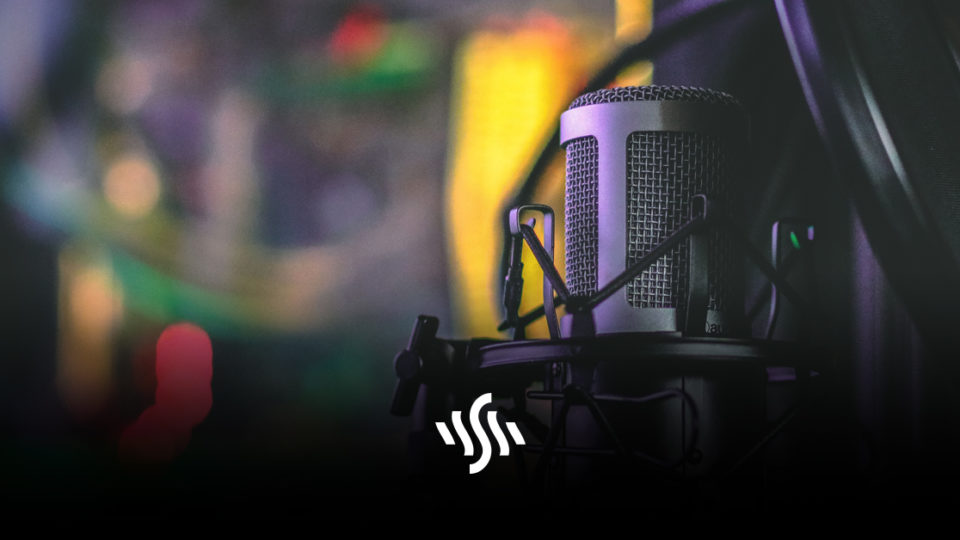The Complete Guide to Voice Dubbing
Getting the dialogue spot on first time when making a film or video is no mean feat. Here’s everything you need to know about voice dubbing!
It can be easy to confuse voice over and voice dubbing. Voice over covers things like narration, and dialogue that sits on top of a video or film footage. Voice dubbing is a different thing altogether, and knowing how to do it well will make your life as a filmmaker, vlogger, or content creator a lot easier.
What Is Voice Dubbing?
Voice or audio dubbing is the process of replacing the original audio of a video with new audio. Usually, this process is done in order to fix any mistakes or poor quality audio. As such, audio dubbing usually aims to be as natural sounding, yet precise, as possible.
Types of Dubbing
There are a couple of types of dubbing; one for language and then automated dialogue replacement (ADR).
Language Dubbing
This kind of dubbing is one you’re probably most familiar with, as it’s the one that’s easiest to spot. The process and aim for both types of dubbing are the same – to replace the original audio. Language dubbing replaces the entire original dialogue so that it is in a new language.
Unlike ADR, it isn’t quite as precise. This is because the new language dub will never fit exactly, since different words and sounds were originally spoken.
ADR
Automated dialogue dubbing is definitely the more painstaking of the two types of dubbing. The word “automated” can be a bit misleading here, since ADR is certainly not a smooth and automated process. It requires a lot of attention to detail and timing skills.
ADR is used to replace bad audio, where there may have been too much background noise. It also gets used if there have been alterations to a script, or also to replace swear words to create family-friendly versions of films.
How to Voice Dub
Executing high quality dubbing relies on a number of factors. These include:
- The voice actor/performer
- The recording equipment
- Clips of the footage that requires dubbing
The aim of the game is to perfectly sync new audio to existing footage (in ADR’s case, at least). That means recording in a very controlled environment, allowing for seamless dialogue replacement. This happens by using a high quality voice recording microphone, like a condenser mic, normally in a booth in a studio. This makes it possible to capture crisp, clear sound without any interruptions.
The original delivery of the dialogue needs to be taken into consideration. The emotion, energy, and even mouth shapes made by the original performance need to be matched by the dub.
Once the recording has been made, you need to consider the editing of the audio. It has to have the same quality of sound as the original, or else it will stick out like a sore thumb. It’s important to pay attention to the volume levels, and how the dubbed audio sits in relation to Foley and sound effects.
Avoiding Audio Dubbing
If you are working on your own feature film, or even a video for YouTube, it’s best to keep voice dubbing to a minimum. In order to avoid audio dubbing as much as possible, you should make sure you can capture great audio on-set.
This isn’t always possible, thanks to locations with lots of background noise. However, investing in dedicated microphones, and paying attention to polar patterns, will help. If possible, getting a specialist involved in your project, like a sound engineer, will make your audio sound professional from the start.
